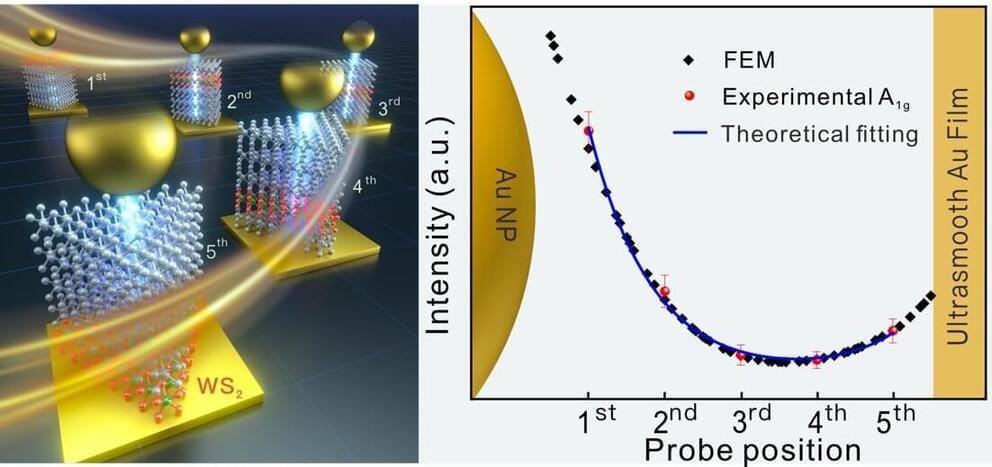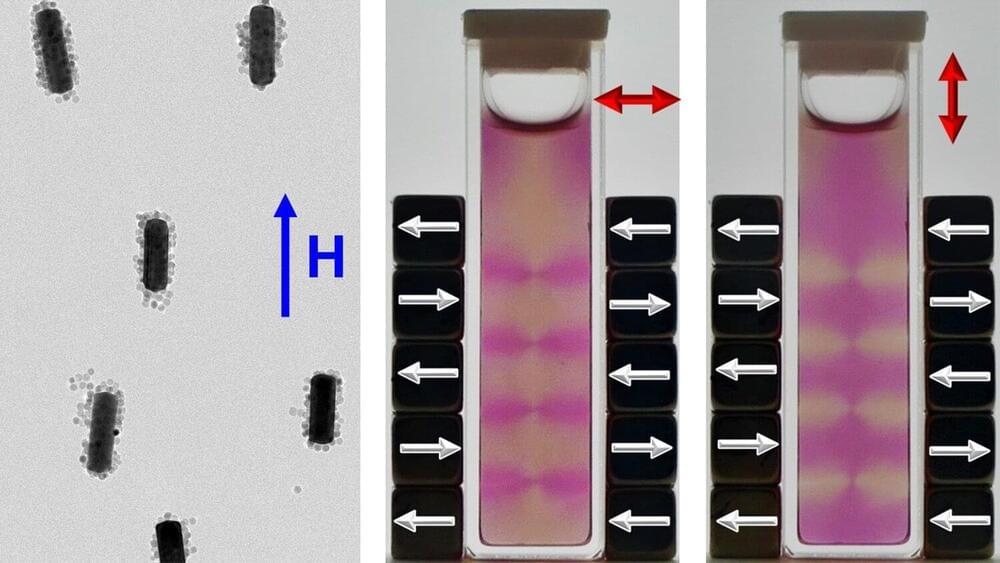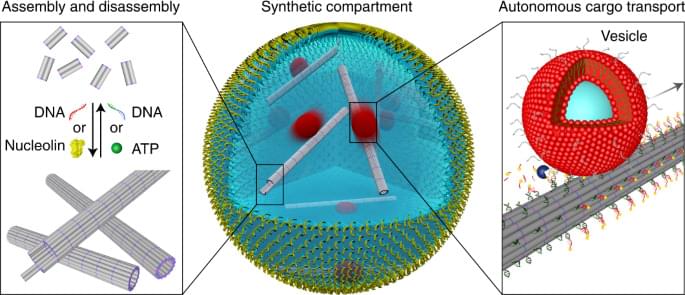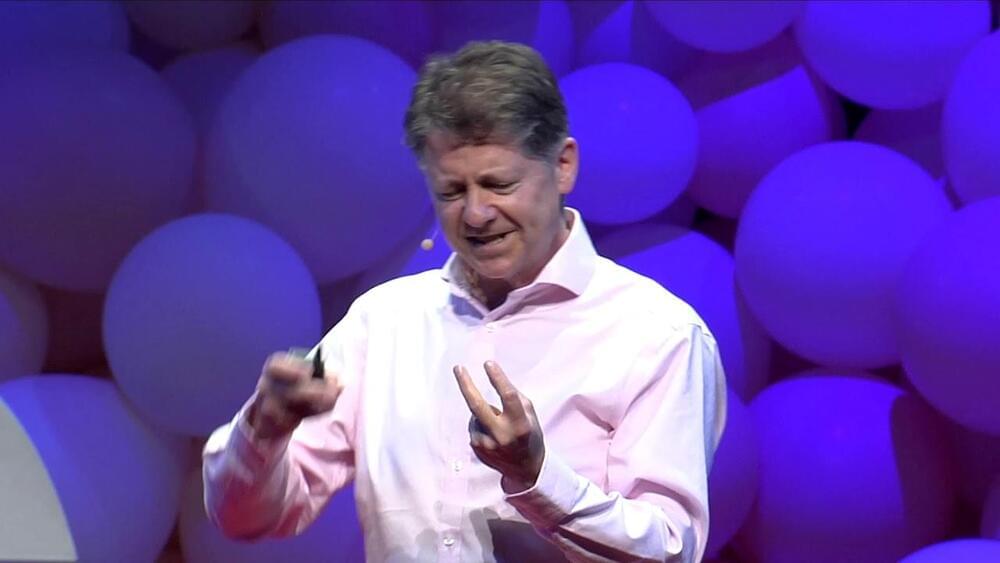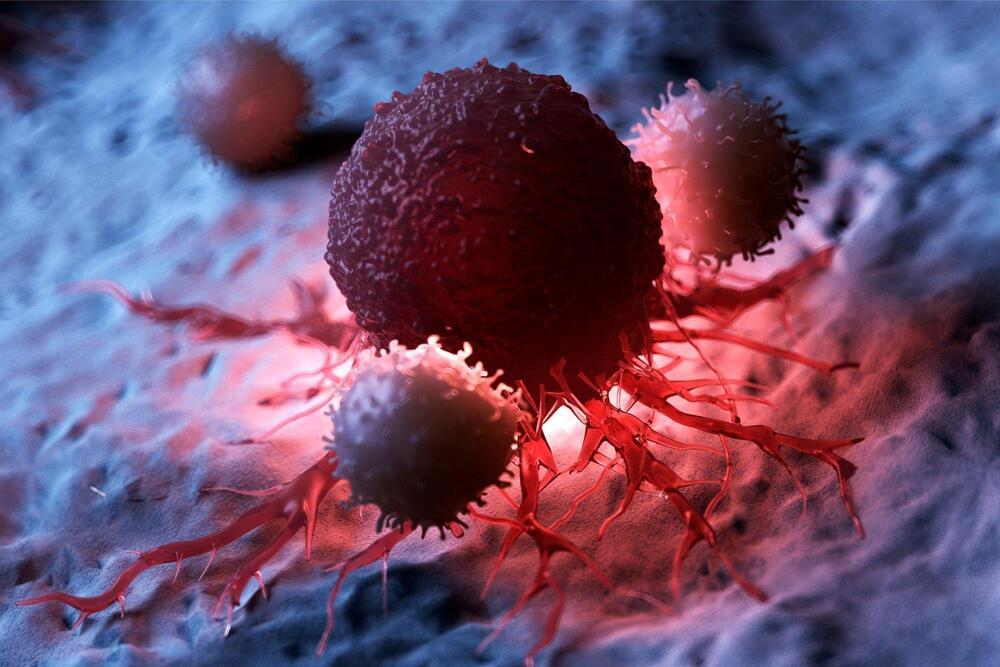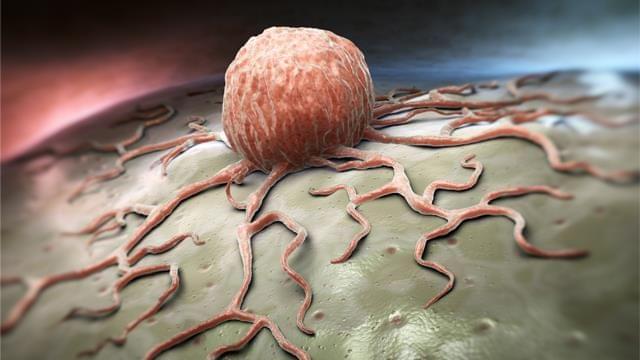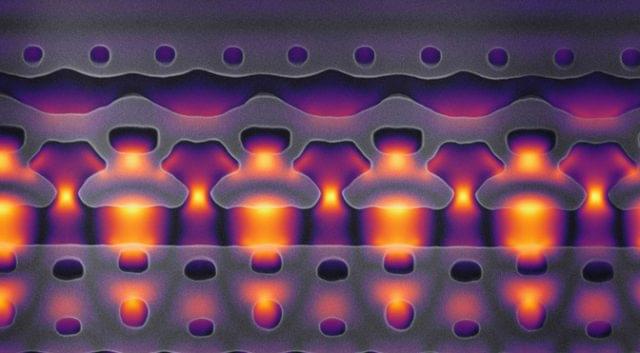Jun 22, 2022
Scientists observe longitudinal plasmonic field in nanocavity at subnano-scale
Posted by Dan Breeden in categories: chemistry, nanotechnology
A group of scientists working on surface-enhanced Raman spectroscopy (SERS) has made a nanoruler to provide insight into the longitudinal plasmonic fields in nanocavities, according to research published in the Journal of the American Chemical Society.
SERS is a highly sensitive and powerful spectral analysis technique applicable in various fields. In contrast to weak Raman scattering, SERS achieves a dramatically enhanced Raman signal of up to 1010–15, allowing the analysis of single molecules.
“How we develop the technology depends, to a large extent, on what we know about plasmonic fields. In the experiments, we observed an uneven distribution in the plasmonic field at the nano-scale. But it lacks theoretic and experimental support. So we decided to figure it out,” said Yang Liangbao, who leads the team at the Hefei Institutes of Physical Science of the Chinese Academy of Sciences.
